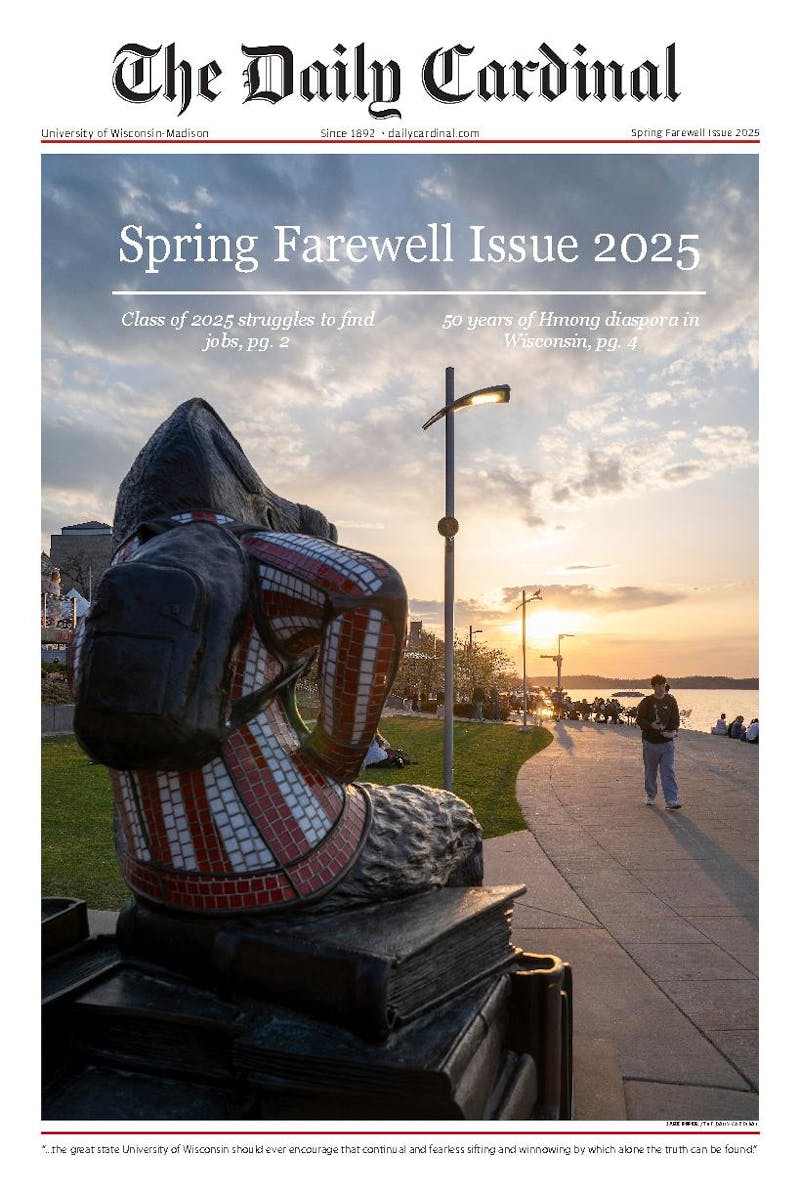University of Wisconsin-Madison researchers recently demonstrated advancements in the differentiation of human embryonic stem cells, according to a university press release.
The researchers presented their findings in a paper centered around the geometries of substrates, molecules that bind with acting enzymes to allow chemical reactions to occur, as they relate to stem and heart-muscle cells, according to the release.
The research focused on the development of stem cells into mature-heart muscle
cells, otherwise known as cardiomyocytes, and the optimization of the these cells’ function.
Wendy Crone, a professor of engineering physics, biomedical engineering and material science, and lead author of the paper said cardiomyocytes derived from stem cells could be groundbreaking in the scientific and medical field.
“I’m hoping that our research … will be able to help better treatments for disease and particularly heart disease,” Crone said.
Moreover, Crone’s study could lead to progress in tissue engineering and drug research.
“We can use [the cells] for things like testing out the side effects for drugs,” Crone said. “Frequently new drugs have negative impact on heart function.”
Crone also expressed in the release one of her team’s biggest challenges was finding a suitable environment for the stem cells to exist outside of the body.
“It’s really hard to culture stem cells effectively and to provide them with an environment that’s going to help them to thrive and differentiate in the way you want,” Crone said in the release.
In response to this challenge, the research team focused its studies on discovering
appropriate substrate patterns and sizes to best imitate an environment similar to that of the heart muscle.
Ultimately, the team will “train the cells to get the communication [between cells] to be as fast as it is in natural heart tissue,” Crone said.





